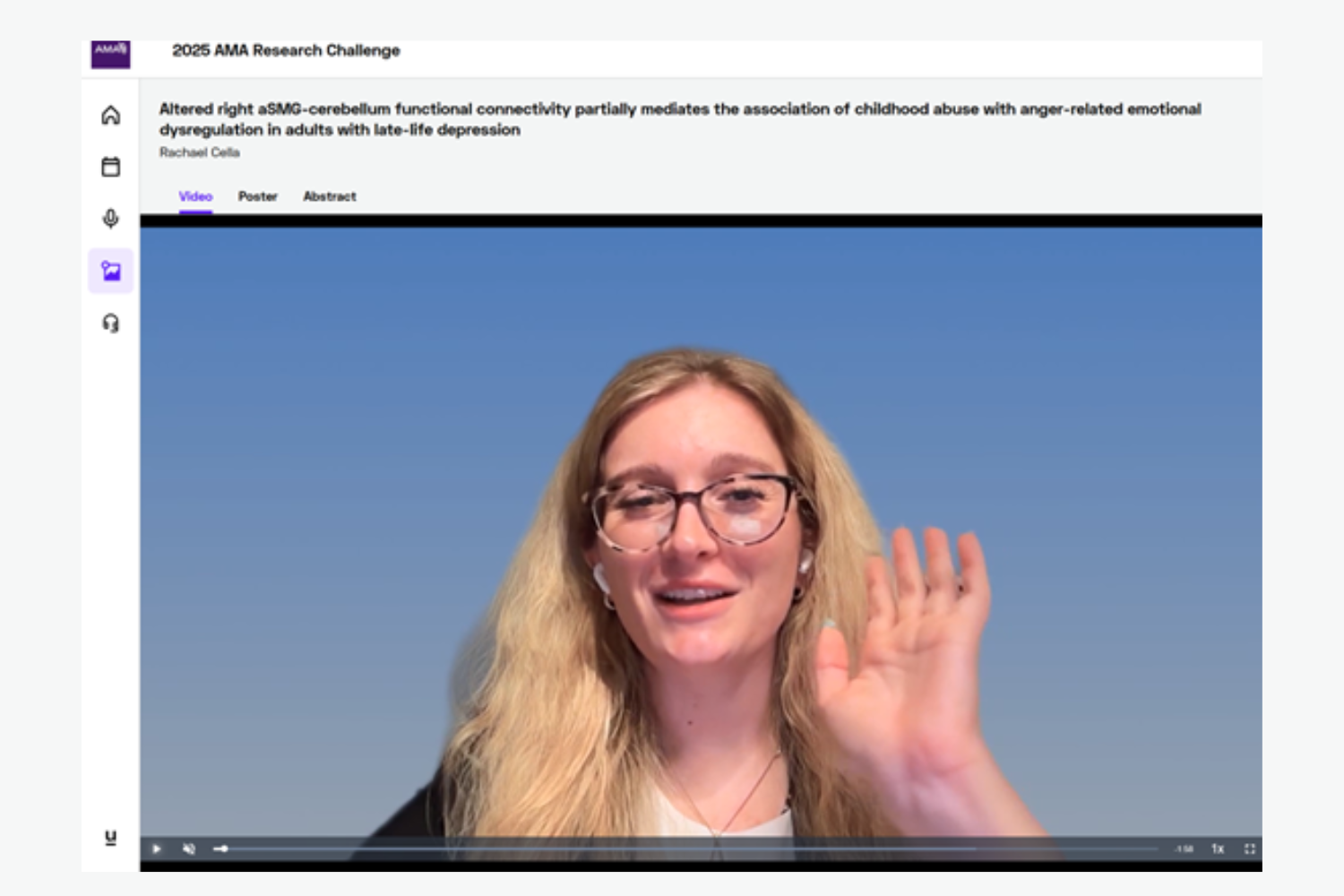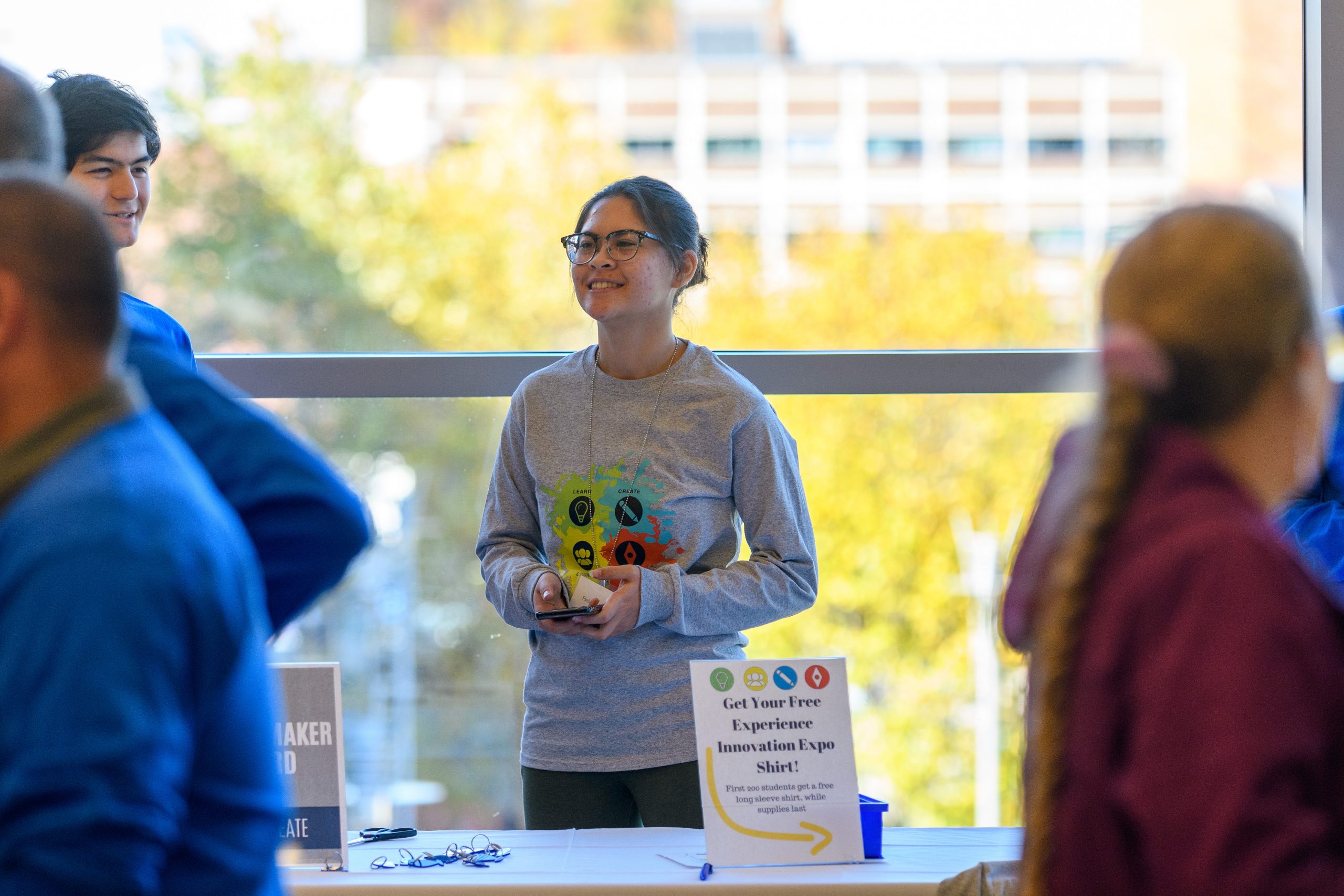Message on a Bottle: Study Considers How Labels Can Convey Alcohol’s Cancer Risk
Scientists have known alcohol causes cancer for years. But it has been a tall order to get people to understand this risk and change their drinking patterns.
It is estimated that alcohol causes 741,300 cancers globally each year. About a quarter of these are related to consuming just two drinks a day or less. Despite the medical consensus around this issue, less than half of U.S. adults are aware that alcohol consumption significantly increases one’s risk of developing several types of cancer.
This led to the U.S. Office of the Surgeon General issuing a report in January 2025 to suggest adding revised warning labels on alcoholic beverages explaining this risk. Currently, alcoholic beverages include warnings about the risks of drinking during pregnancy and drinking and driving.
Jacob Rohde, assistant professor of allied health sciences in the College of Agriculture, Health and Natural Resources, and his collaborators at the National Institutes of Health conducted a study that serves as an important step that could inform recommendations for such warning labels. They tested several messages communicating this risk to better understand how people respond to them. This work was published in Addictive Behaviors.
“It’s really critical that public health practitioners and other educators find ways to effectively communicate these risks to the public,” Rohde says.
The researchers showed a group of 799 participants one of four messages that were varied in causal language: “Drinking alcohol causes cancer”; “drinking alcohol is linked to cancer”; “drinking alcohol contributes to the risk of cancer”; or “drinking alcohol increased the risk of cancer.”
They then asked participants questions based on the message they saw. Some of the questions related to how certain the link between alcohol and cancer is; the likeliness of alcohol to cause cancer; the message’s credibility; if they felt the message was “manipulative,” “overblown,” or “annoying”; and if seeing the message made them want to change their future alcohol consumption habits.
Unexpectedly, the researchers found that “causal language” (saying alcohol “causes” cancer) did not affect participants’ perceptions of certainty of this link, their cancer risk, or their alcohol consumption intentions. This kind of language also provoked more negative reactions from people.
“There are a lot of possible explanations for this finding,” Rohde says. “For example, there may be some underlying psychological or cognitive factors that we might not have initially accounted for [in terms of] how they affect how audiences respond to alcohol cancer warning messages.”
Adding “modal language” (saying alcohol “may cause” cancer) to these messages decreased people’s perception of causal certainty and cancer risk. But participants found these messages to be more credible and were more receptive to them.
“Messages are complex and their effects are often unintuitive,” Rohde says. “Health professionals need to consider the totality of effects when deciding which messages to use.”
This research helps health experts be aware of how messages on important topics like are received by a diverse population, and that it may take multiple variations on the messages to reach more people.
“Public health practitioners often chase the single best message to use,” Rohde says. “But that single best message usually doesn’t exist.”
Rohde is currently leading a study looking at how other factors, like someone’s past patterns of alcohol consumption, impact how they respond to different messages about cancer risk. He and his colleagues at the National Institutes of Health are also working on a study investigating if messages that focus on specific cancer types, like breast cancer, may be more effective.
Rohde emphasizes that adding these warning labels would help this information reach people on a large scale, but it can’t succeed in isolation.
“Incorporating cancer warning labels on alcoholic beverages is certainly a big initiative that would reach a large amount of people,” Rohde says. “But it’s only one piece of the puzzle. Other initiatives, like behavioral interventions and policy changes, also play important roles in educating the public about the link between alcohol and cancer.”
The contributions of the NIH authors were made as part of their official duties as NIH federal employees, are in compliance with agency policy requirements, and are considered Works of the United States Government. However, the findings and conclusions presented in this paper are those of the authors and do not necessarily reflect the views of the NIH or the U.S. Department of Health and Human Services.
This work relates to CAHNR’s Strategic Vision area focused on Enhancing Health and Well-Being Locally, Nationally, and Globally.
Follow UConn CAHNR on social media
Latest UConn Today
- UConn Health’s Among ‘America’s Best-in-State Hospitals’John Dempsey Hospital earns Newsweek distinction 3 years running
- Driving Passion: Erika Lindeberg, Jacobs Engineering Group Inc.Academy of Distinguished Engineers inductee discusses professional and personal motivations, how she was influenced by her studies at UConn, and the importance of mentoring
- UConn Medical Students Compete in Research Challenge of American Medical AssociationEight UConn School of Medicine students qualified for and competed in the exciting, national 2025 AMA Research Challenge to share their innovative research findings in virtual poster presentations Oct. 22-23.
- UConn Magazine: Dino MightLyla Andrick’s dinosaurs have irresistibly squishy noses — and emotions
- UConn Honors Faculty, Staff, Students, and Community Partners at 2025 Provost’s Awards CelebrationThe celebration was held on Tuesday, October 14, at the Jorgensen Center for the Performing Arts Art Gallery
- Uncover ‘Clues to the Future’ at Experience Innovation Expo'If you're looking to have fun, this is the place for you'













